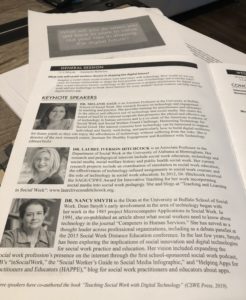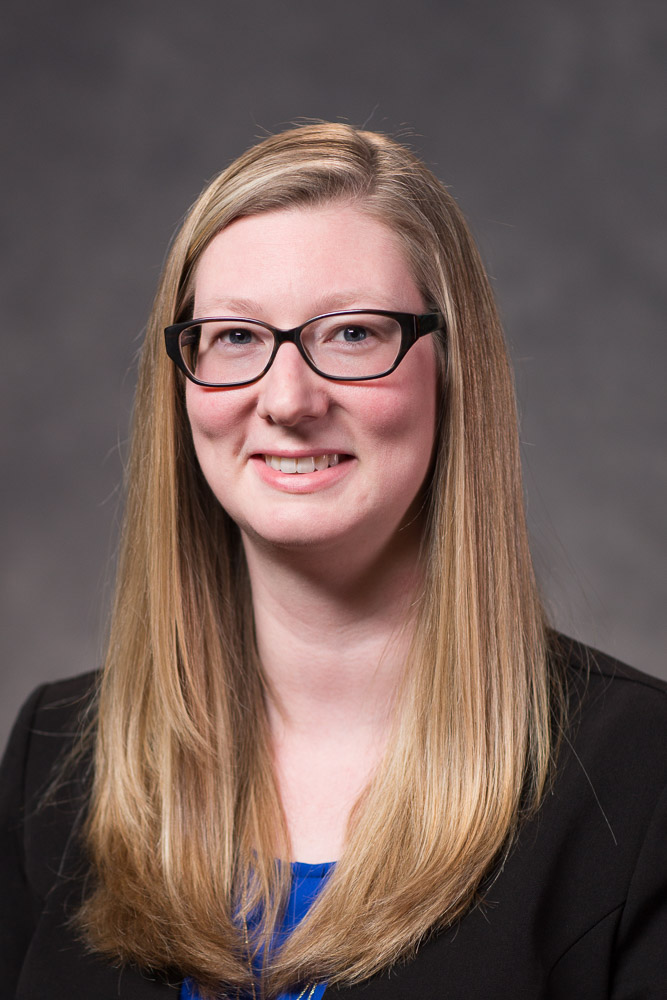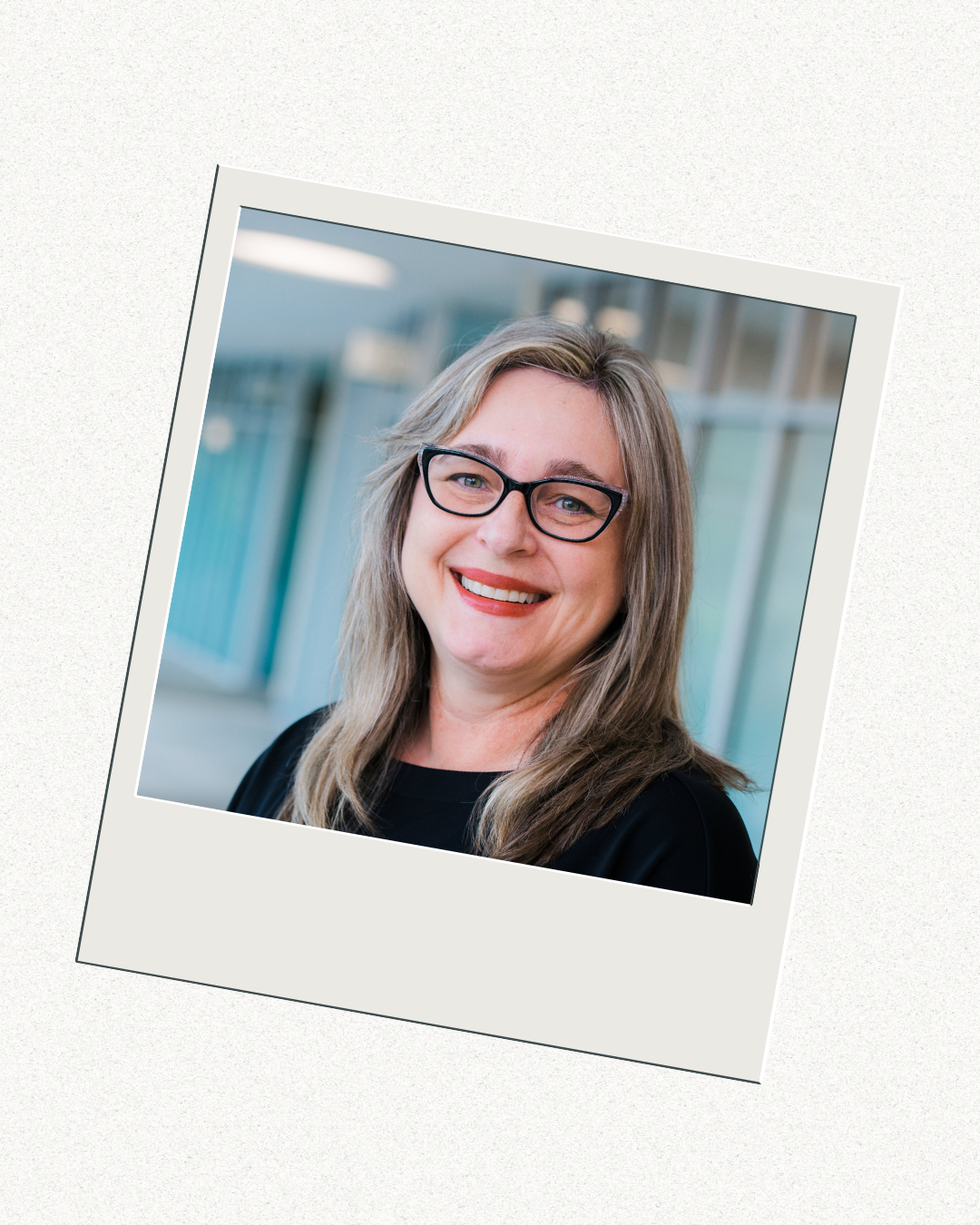Becoming an awesome adjunct professor in social work

Editor’s note: Patricia (Trish) Desrosiers, PhD, LCSW, is an associate professor of social work and the Chair of the Department of Social Work at Western Kentucky University. Her research interests include social work education and leadership for social work practice. In this blog post, Trish shares how she encourages social work practitioners to become adjunct instructors in her Department. She tweets at @DrD_Empowers.
As chair of the Department of Social Work, recruiting adjunct instructors is a big part of my job and the first thing that I tell a prospective adjunct is “Social Work needs you!” According to the Council on Social Work Education (CSWE), in 2017, over half of all social work educators in the US were adjunct instructors. One reason is that as university budgets decline, one way to save money is to increase part-time faculty utilization. Another reason is that part-time instructors bring their practice experience into the classroom, making book content come alive for students. As a result, program directors are constantly seeking out well-qualified faculty members in order to maintain quality educational programming. However, strong part-timers are hard to find. If you have ever considered teaching in social work, now is the time to commit to giving back to the profession. There are many reasons to do so.
#SWDE 2019 – Imagining Social Work Education into the Future: Skills for Social Justice in a Technology-Mediated World
On April 11th, Melanie Sage, Ellen Belluomini, and I presented at the 2019 Social Work Distance Education Conference in San Antonio, TX on a topic that is beginning to get some traction in social work – the future of social work education for practice with technology. Technology is profoundly shaping the world, especially in the delivery of education. Concurrently, services like telehealth, predictive analytics, and technology aids (i.e. Fitbits, apps and home listening devices) affect service delivery. Given these changes, how do social workers promote social justice and support privacy and equity? And consider needs of the vulnerable while harnessing technology for good? How does social work redefine the profession in the face of algorithmic solutions to human problems? Our goal was to introduce a dialogue about what’s happening, where are gaps in social work education, and how programs might reinvent in a rapidly-changing environment.
If you were not all to make the session or didn’t attend the conference, we are sharing information from the presentation, to make the content more accessible to all and to help promote more discourse among social workers about the future of the profession.
Here are the slides from the presentation:
#SWDE2019 Keynote – What role will Social Workers choose in shaping the digital future?

On April 10th, Melanie Sage, Nancy Smyth, and I delivered a keynote speech at the 2019 Social Work Distance Education Conference in San Antonio, TX. We asked social work educators to imagine a world where social workers were innovators with technology. Our goal was to have a conversation and share how we had been talking about technology will writing our book – Teaching Social Work with Digital Technology.
We started our conversation about how social workers could help close the digital justice gap on Twitter, moving from virtual spaces to physical spaces. Many social workers joined in this conversation along the way. We talked about a range of issues from boundary and privacy challenges to accessibility and connection with technology. As Nancy said, “we were near-sighted as a profession. We need to look through the lens of possibilities, not the lens of our fears.”
In this blog post, we are sharing highlights, references, and slides from the keynote. We hope you will help us continue the conversation together and in your places of work and community.
Using Rubrics to provide Strength-based Feedback for Social Work Assignments

Editor’s Note: I am excited to welcome back Kristen Samuels, MSW, MS, MEd, the Field Director for University of Phoenix’s Department of Social Work, for this month’s guest educator blog post. Back in December 2018, I sent a tweet asking for advice on how to improve my grading practices, and turned the responses from colleagues into a blog post. Kristen was one of those colleagues and I asked her to turn her own tweets about strength-based feedback and rubrics into this blog post. Kristen can be reached at Kristen.samuels@gmail.com, or @KristenMSamuels on Twitter.
I recently returned to the classroom as a student in an EdD program. Although I certainly struggle with the workload, committing to life-long learning and taking the role of the student has made me a better instructor. As I am reminded of the anxiety that comes with unclear expectations or inconsistent grading practices, I become more aware of my own approaches for delivering feedback in my online classrooms. In discussions with my peers about the rigor and intensity of the doctoral writing process, we reflected on our individual fears in presenting written assignments to any of our former professors. Writing is an incredibly complex and emotive process. Students are asked to read, comprehend, apply, analyze, summarize, etc., and then present content in an integrated, accurate, and convincing way. It would be easy to miss a step and lose confidence in our position, and in that way, students are vulnerable when turning in written assignments. After putting forward long thought-out interpretations and opinions of the material, it is difficult to not view feedback as a personal attack on our intelligence. We wind ourselves up in self-doubt, and add undue stress when we throw in the impossible task of deciphering tone from an instructor’s feedback.
Strength-based feedback for Social Work Assignments
For this reason, and particularly for us as Social Work educators, we owe it to our students to present feedback with care. This can be as simple as avoiding capitalizing words (the online equivalent of shouting), and intentionally leading/ending feedback with what the student has done well in the assignment. Research on feedback tells us that affirmative comments acknowledges students’ efforts and encourages learning, instead of emphasizing grades (Stipek & Chiatovich, 2017). It is also an excellent way to model strengths-based approaches with our students!
List of Podcasts for Social Work
Editor’s Note: Melanie Sage is an assistant professor of social work in the School of Social Work at the University at Buffalo. In this blog post, she gives an overview of podcasting in social work and shares her crowdsourced list of social work podcasts.
Once upon a time in not-so-long-ago history, broadcast media was limited to the hands of radio professionals with fancy recording devices. Regular people on tight budgets have long tried to harness the power of audio recording and broadcasting, from ham operators to low-fi analog reel or tape recorders. Suddenly, in the last decade, affordable high-quality recording devices fit in the palms of our hands, along with the means to broadcast our voices internationally at very little cost.
Early social work podcast pioneer greats include Jonathan Singer, who launched the Social Work Podcast in 2007 and has over 125 episodes, and inSocialWork, which launched in 2008 at the University at Buffalo School of Social Work, and now has over 250 episodes. You can listen to either of them in your favorite podcast streamer, such as Apple’s iTunes Podcast Streamer or Spotify, for over 300 hours of learning from experts in our field. You can listen during your commute, at the gym, while doing chores, or when you’re getting ready in the morning. They make it so easy to fit lifelong learning into your day. Learn more about how to listen to podcasts by watching this short video.
Changing my grading practices in 2019: Tips for #SocWorkEd
At the end of last semester, I was grouchy about grading. If I am going to be truthful, I am always grouchy about grading. Don’t get me wrong; I love reviewing student work and offering feedback about their growth as a social work professional. What makes me grouchy about grading is that I don’t have a solid process for providing quality feedback in an efficient way. Every semester I find myself spending a lot of time typing comments and not really sure students are looking at anything but the grade. I keep up with grading comments in a word document and I use rubrics, and grading still feels overwhelming. So I decided to reach out to my professional network on Twitter for their suggestions and ideas.
I sent this tweet on December 9th:
And my colleagues did not disappoint; sharing some great ideas from using autotext software to employing self-care strategies. I captured their responses in a Twitter Moment and selected a few to try this semester. I am going to outline their ideas in this blog post, and try them out this semester, reporting back at the end of the semester about what worked and didn’t work for me.



